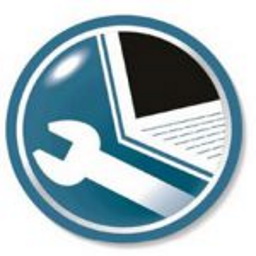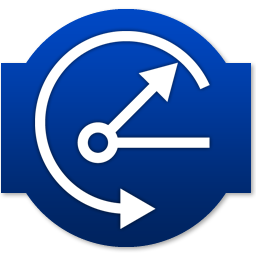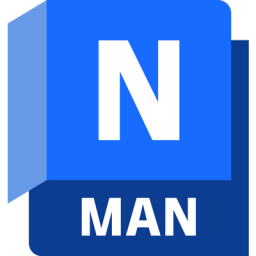 BeamTool 10.1.1.44
BeamTool 10.1.1.44
Industry leading UT engineering development software BeamTool continues to be developed and improved with the release of BeamTool 10. Continuing to lead the industry in UT engineering development software, Eclipse Scientific's BeamTool 10 provides delivers a powerful set of new features and improvements. Successful inspections start with a plan, and BeamTool makes it easy to model, validate, and document Phased Ultrasound, TOFD, and Conventional Ultrasound scan plans with confidence.
Easy to use and powerful, BeamTool has continued to develop and provide tools to improve the proficiency and accuracy of ultrasonic inspection. From technicians in the field to researchers and authors, BeamTool provides an indispensable toolkit for the NDT industry.
Some features of BeamTool
- Beam Optimization: The tool optimizes inspection parameters such as beam angle, focal depth, and aperture size to improve flaw detection sensitivity and inspection efficiency.
- Data Analysis: Features for analyzing ultrasound data collected during testing, including amplitude measurements, time-of-flight analysis, and signal processing algorithms for characterization disability.
- Reports: Ability to generate detailed inspection reports with graphical representations of beam profiles, inspection results, and findings.
- Calibration support: Tools to support probe calibration, including beam angle verification and calibration block setup.
- Interface customization: User interface customization options to streamline workflow and access frequently used tools or settings more efficiently.
- Database integration: Integrate with a database to store test data, instrument settings, and calibration records for traceability and documentation purposes.
- Volvo Premium Tech Tool 2.8.150
 A tool to support the repair and diagnostic process of Volvo cars, programming and troubleshooting trucks and buses
A tool to support the repair and diagnostic process of Volvo cars, programming and troubleshooting trucks and buses - Trancite Easy Street Draw 8.1.1.17515
 The fastest, fastest crash mapping tool that can draw an accurate street map of the crash scene
The fastest, fastest crash mapping tool that can draw an accurate street map of the crash scene - SAP PowerDesigner 16.7.5.0 SP05
 SAP application management for architecture, data, and information architecture and organizational architecture and data modeling and management of the company.
SAP application management for architecture, data, and information architecture and organizational architecture and data modeling and management of the company. - Prinect Package Designer 21.10 Build 26.2131
 A CAD/CAM System developed by Heidelberg to provide die cutting and packaging tools
A CAD/CAM System developed by Heidelberg to provide die cutting and packaging tools - Pixyz Studio Batch 2020.2.2.18
 The automation tool allows you to process all of your 3D files at the same time, optimizing the 3D model efficiently and efficiently.
The automation tool allows you to process all of your 3D files at the same time, optimizing the 3D model efficiently and efficiently. - PaperCut MF 22.0.4 Build 63639
 A powerful print management solution to enable, monitor, manage and secure your printing, copying and scanning
A powerful print management solution to enable, monitor, manage and secure your printing, copying and scanning - mAirList Professional Studio Plus 6.2.2 Build 4126
 Tool playout reliable, can customize completely, with automation mode and live support
Tool playout reliable, can customize completely, with automation mode and live support - Easy Currency Converter 3.73.4
 A simple currency calculator that converts around 200 world currencies including Euros and updated exchange rates
A simple currency calculator that converts around 200 world currencies including Euros and updated exchange rates - BeerSmith 3.2.7
 Efficient software that allows individuals to record their brewing sessions is aided by a number of alarm options
Efficient software that allows individuals to record their brewing sessions is aided by a number of alarm options - Autodesk Navisworks Manage 2026
 Review integrated models and data with stakeholders for greater control over project outcomes
Review integrated models and data with stakeholders for greater control over project outcomes